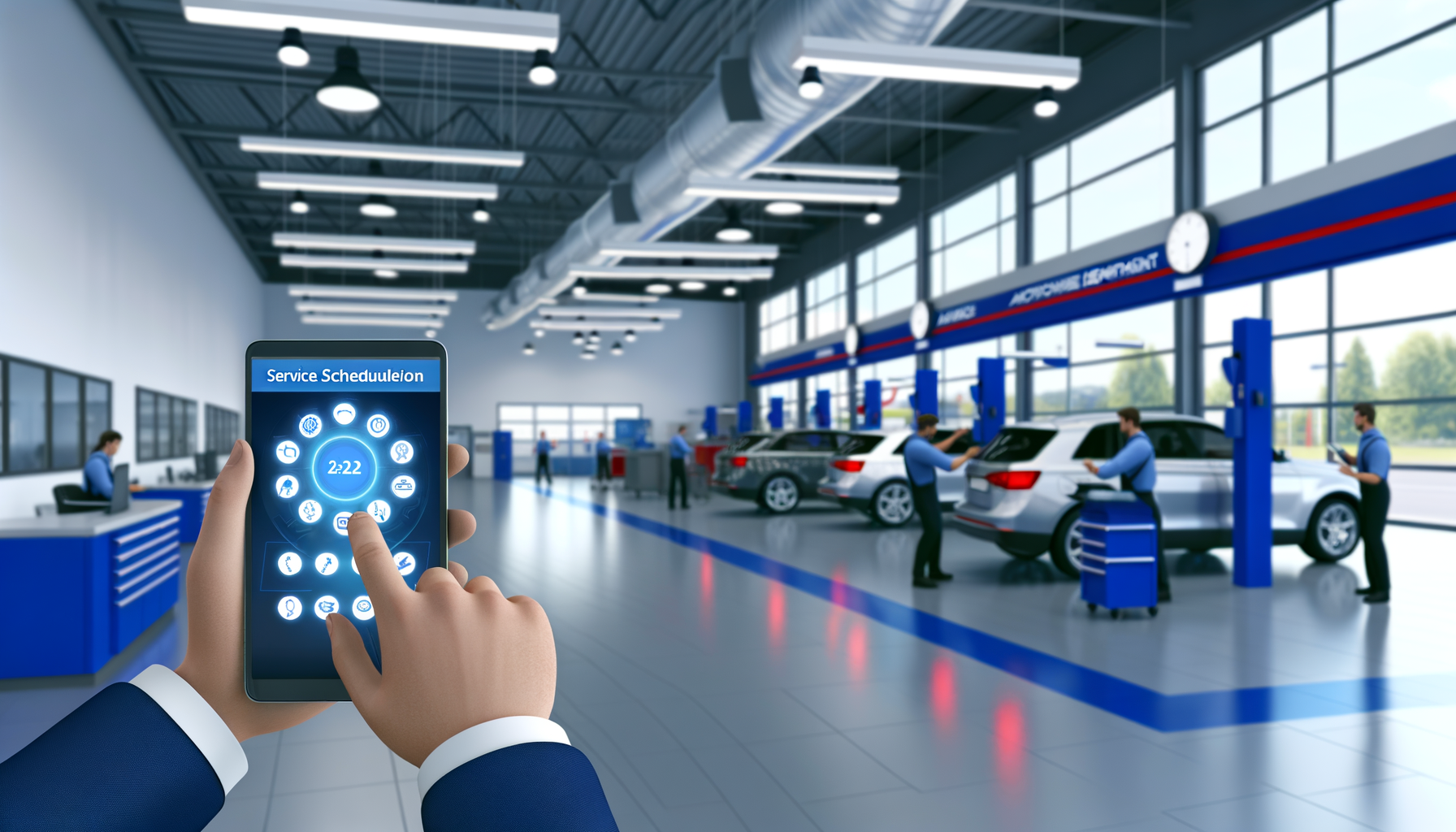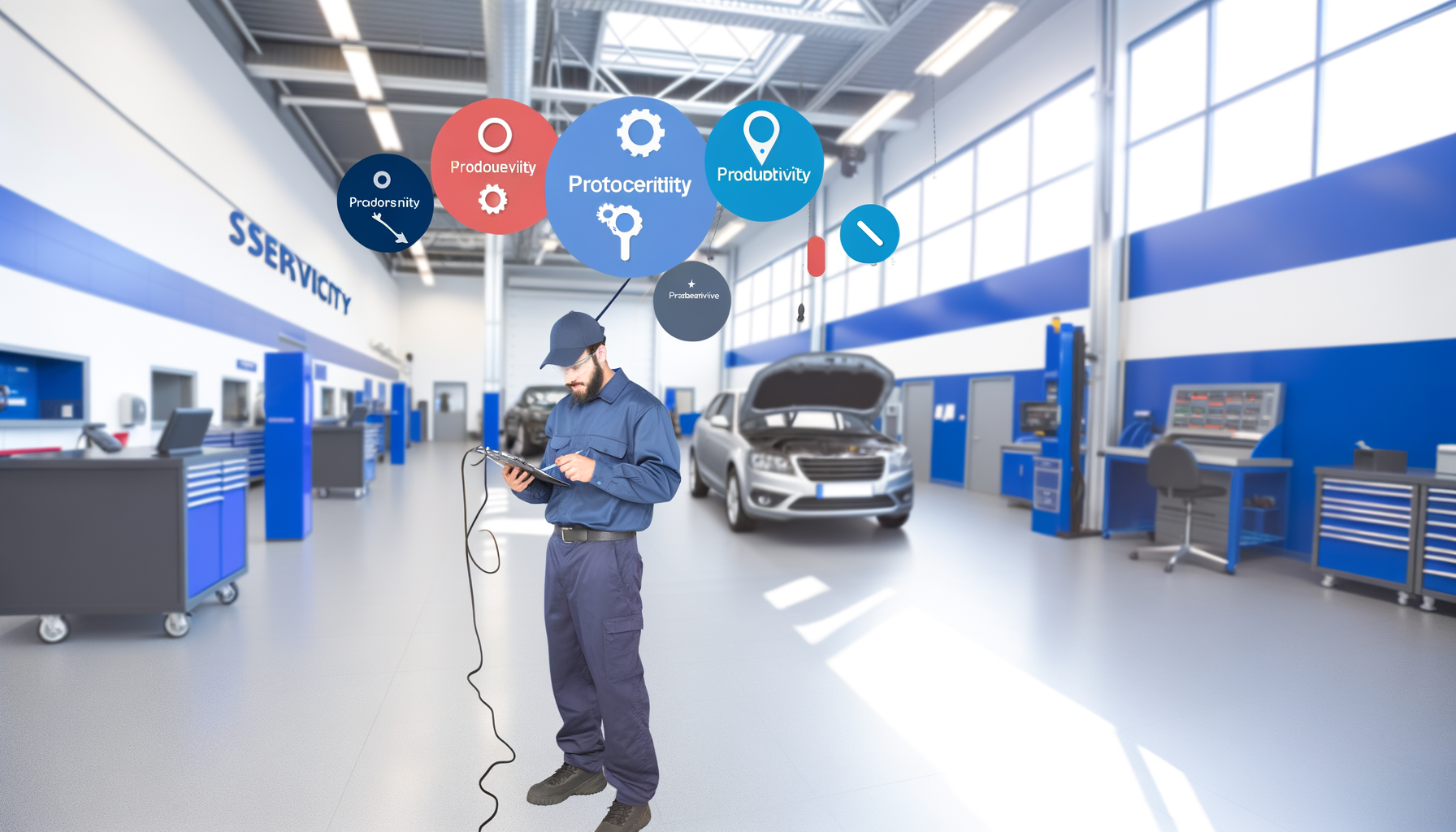Torque and Tactics: Unlocking the Hidden Revenue in Post-Sale Customer Engagement

Understanding the Profitability Landscape in 2025

The automotive service industry has seen a 15% increase in EV-related repairs, impacting service department operations. With new OEM requirements for training, it's crucial to understand how these trends affect profitability.
Service managers must adapt to these changes and leverage them to enhance their department's profitability. By understanding current market dynamics, they can better position their departments for success.
Implementing a proactive approach to understanding profitability involves regular monitoring of key financial metrics, tailoring strategies to evolving demands, and forecasting future trends based on historical data.
Leveraging Technology and Analytics for Profit Maximization

Service departments can maximize profits by integrating cutting-edge technology and analytics. Utilizing service department profitability automation tools helps streamline processes and reduce errors.
Analytics platforms provide insights into operational efficiency, allowing managers to pinpoint areas for improvement. Tools like Auto Pro Solutions enable real-time tracking of key performance indicators (KPIs), crucial for informed decision-making.
To implement these technologies effectively, service departments should invest in robust data analytics software, train staff on its use, and establish a regular review process for data-driven insights.
Integrating Customer-Centric Practices to Boost Revenue

Customer satisfaction directly impacts service department profitability. With 68% of customers preferring digital service scheduling, departments must adapt to this demand.
Enhancing the customer experience through personalized services, transparent pricing, and seamless digital interactions fosters loyalty and repeat business.
Practical steps include adopting user-friendly digital platforms for scheduling, offering real-time service updates, and gathering customer feedback to continually refine service offerings.
Enhancing Staff Efficiency and Retention

Staff turnover poses a significant challenge to service department profitability. Retaining skilled technicians and service advisors is crucial for maintaining high levels of service quality.
Offering competitive compensation packages, career development opportunities, and a positive work environment are key strategies for reducing turnover.
Implementing a mentorship program, providing ongoing training, and recognizing outstanding performance can help build a motivated and efficient team.
Adopting Strategic Inventory Management

Effective inventory management directly affects service department profitability. With ongoing parts shortages, strategic planning is essential.
Utilizing predictive analytics to forecast demand and optimize inventory levels helps minimize costs and improve service efficiency.
Practical implementation involves setting up automated reorder alerts, conducting regular inventory audits, and leveraging supplier relationships to ensure consistent parts availability.
Implementing Effective Training Programs

Continuous training is vital for adapting to new technologies and maintaining service quality. With new OEM training requirements, ensuring staff compliance is essential.
Developing comprehensive training programs that cover technical skills, customer service, and technology use ensures a well-rounded team.
Steps to implement effective training include conducting needs assessments, partnering with training providers, and setting measurable learning objectives.
Related Topics
Ready to take your service department to the next level?
Schedule your demo today and experience the power of Auto Pro Solutions.
Schedule Demo